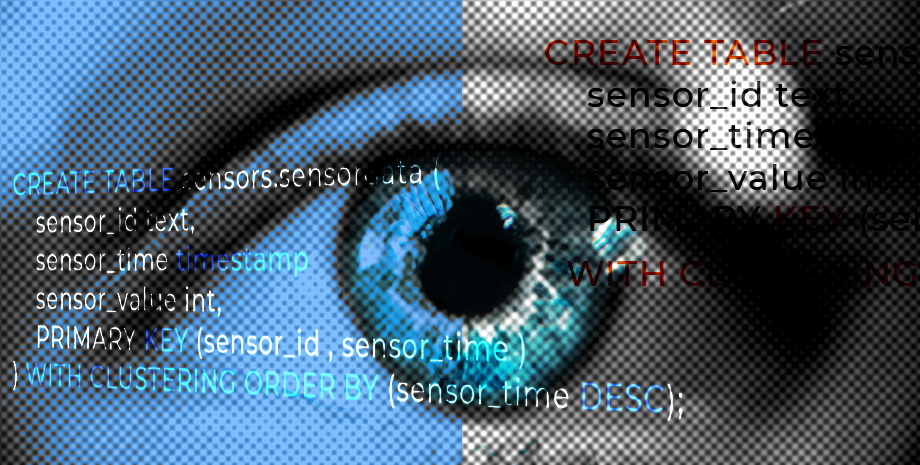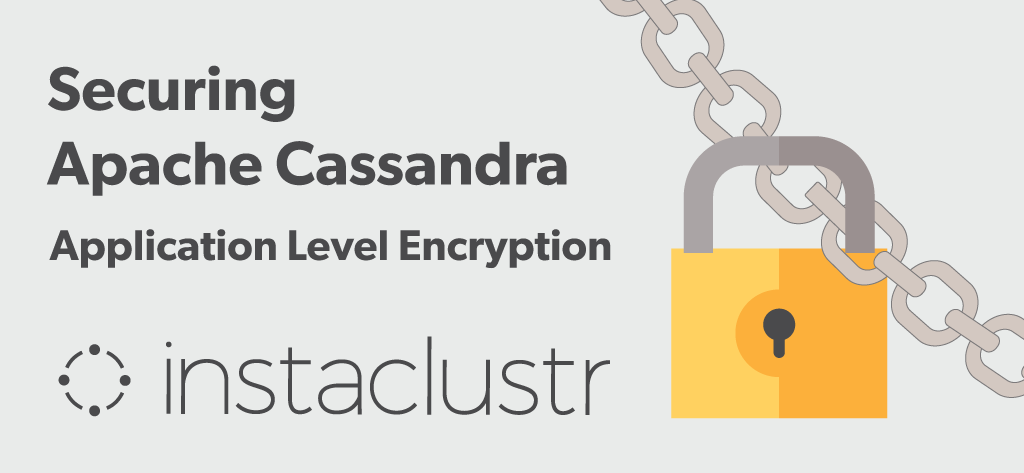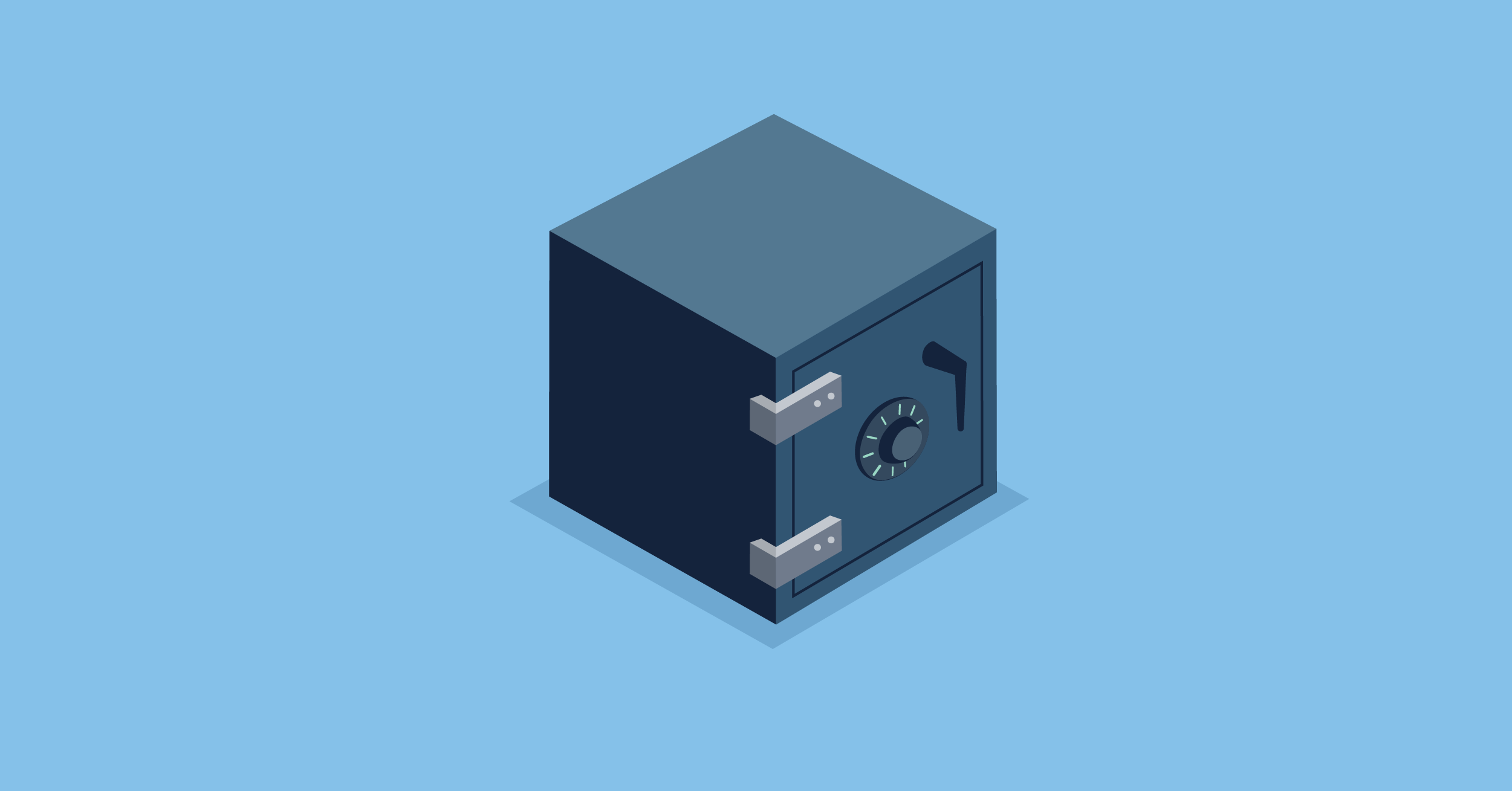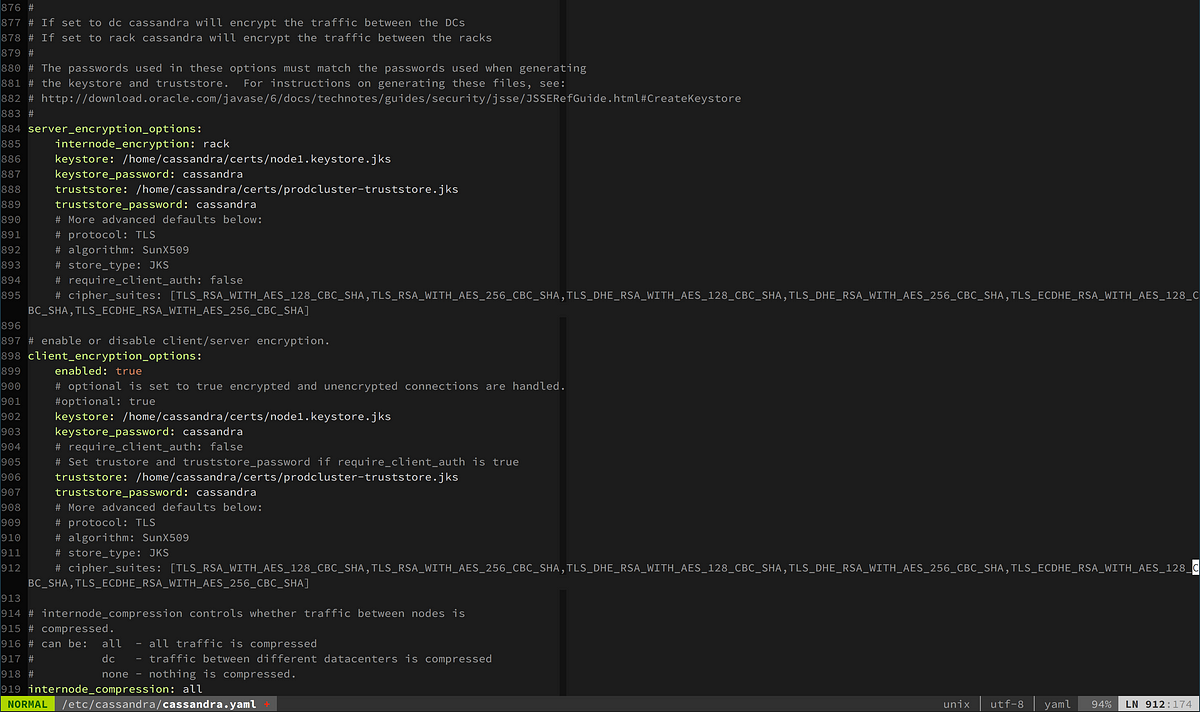
There has been a lot of news lately around insecurity in NoSQL databases – Cassandra, Elastic, Mongo etc.. so I thought it would a good idea to write a blog outlining some good practices that can help you secure your Apache Cassandra clusters.
Firstly, let’s try and establish what we mean by a vulnerability. All software has vulnerabilities – wether its new databases like Cassandra, even with mature enterprise databases by the likes of Oracle. You should always make sure to keep your software up to date and patch when required – this includes the operating system, databases etc.
However, this is only part of the process – what is probably going to be critical is to start deploying and managing your databases in a secure fashion. My experience is that most vulnerabilities come down to how Cassandra is deployed and managed rather than some inherent security bug in the software.
Below are 9 simple tips for helping you secure your Cassandra deployment – certainly, these are not the only options, but they are easy to accomplish, with minimum cost and disruption.
2 – Do not expose your Cassandra cluster on the public internet
Shodan actively searches various services and security vulnerabilities on public IP addresses – https://www.shodan.io/search?query=Murmur3Partitioner. There are large number of unsecured Cassandra servers found in the Shodan database. This is insanity! Databases must be placed in the deepest and darkest part of your infrastructure away from the prying eyes.
The common answers I get when I challenge people on this is “It’s just my dev environment” or “It’s only for testing” – and I like to answer “You use your laptop for development and testing, if someone stole that or destroyed it I am pretty sure you would be upset”. Your dev and test environments tell a lot about what you’re doing or planning to do – surely leaking that sort of information is never a good idea. Also, even if everything is automated and you can build it up again quickly – this costs time and money, so why do it in the first place.
3 – Turn on authentication and authorisation
This one surprises me the most – I can genuinely say most Cassandra clusters do not have authentication / authorisation enabled. Unfortunately, most people keep the default setup for Cassandra which has security disabled out of the box. However, this critical security facility is available, and you should use it (see point 1). Additionally if you are using DataStax Enterprise you can enable Kerberos, LDAP authentication, and additionally auditing.
4 – Disable default cassandra super user, only permit what each user/role requires
When you enable authentication it creates a default super user “cassandra” with the password “cassandra”. Use these default credentials to setup your new super user, any additional users and roles, then quickly disable the default cassandra user.
Define a list of people and applications that need access using a table such as below:

Then convert it to CQL to apply to the cluster.
The superuser should never be used for day to day use or application use.
Remember all the above updates are stored in system_auth keyspace. This keyspace is set up by Cassandra with SimpleStrategy and replication factor of 1. Update this keyspace to NetworkTopologyStrategy with appropriate replication factor immediately.
5 – Named user access
Do not let individuals connect up with system accounts or shared accounts. Create accounts for individuals and applications to use and control the level of permissions you give them.
You can make it easy for individual people who need to connect up by creating a cqlshrc file in their home directory should they need to connect up without having to remember their credentials or pass them in via the command line.
6 – Only expose JMX on localhost 127.0.0.1
If someone can connect up via JMX to your Cassandra they can do a lot of things – you really only want this to be done via local server access. Only change this if you know what you’re doing, understand what you opening up and spend a bit of time thinking on how to secure it.
7 – Secure the OS
If you can’t trust the operating system Cassandra is running on, then you have already lost. Make sure it is secured, kept up to date and looked after. There are some pretty good standard best practices on this – so familiarise yourself with them. If you don’t have any firewall control at the network level, then do it on the host – it’s not as hard as you think.
8 – If you don’t trust your network, use SSL
All network traffic on Cassandra can be encrypted using SSL – so use it if you need to. It can be tricky to manage, but if you have no choice then use it. Don’t forget to use a strong cipher and make sure to install the Java Cryptography Extensions.
9 – Get some help if you need it.
If you’re not sure or just want a review of your setup – get some help. At digitalis.io we have a lot of experience in setting up and looking after Cassandra and DataStax Enterprise clusters. If you need any help, let us know.
“








